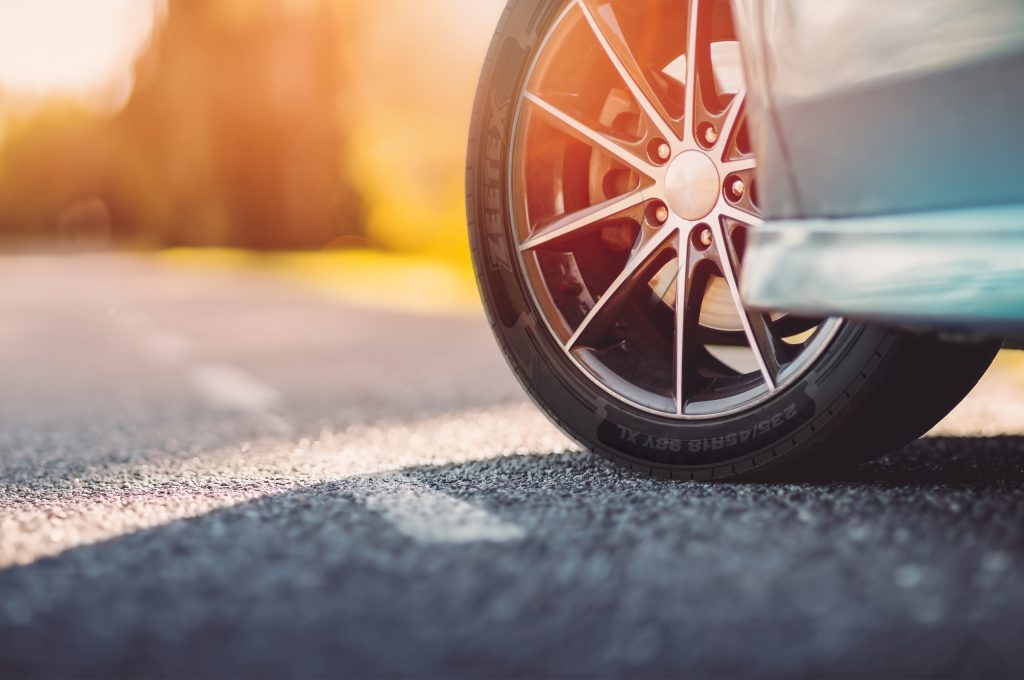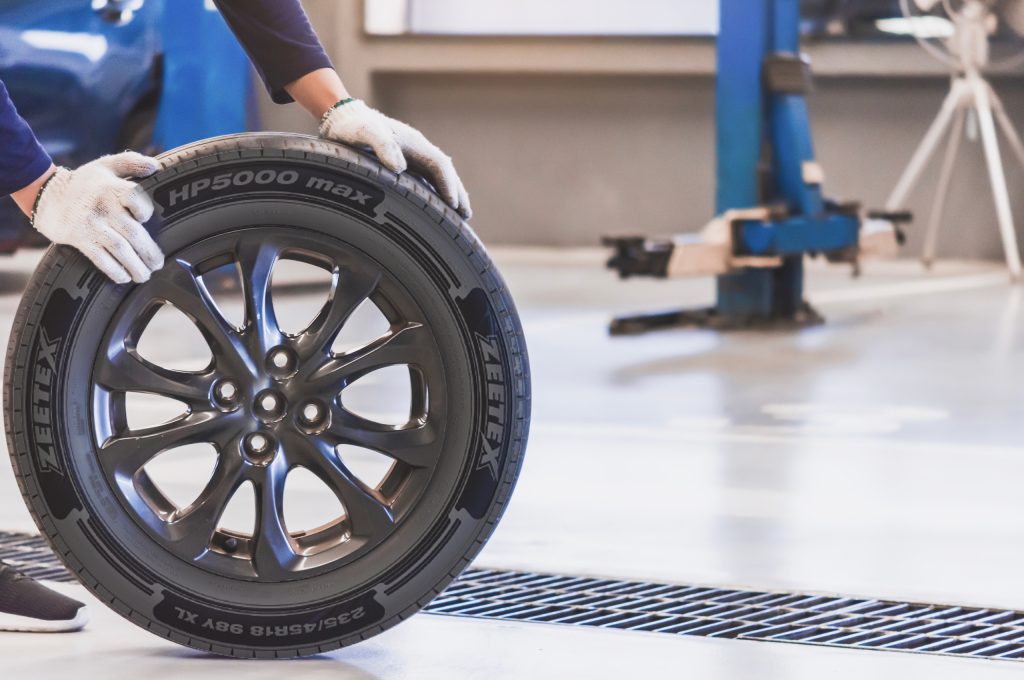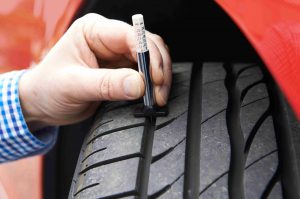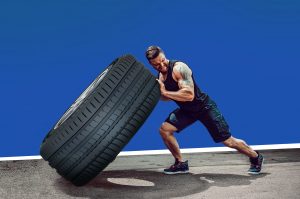Heat build-up in tyres is the process by which the tyre generates heat as it rolls on the road. The friction between the tyre and the road generates heat that can cause the tyre to become hot. The amount of heat generated depends on several factors, including the speed of the vehicle, the weight of the vehicle, the road conditions, and the design of the tyre itself.
Causes of Heat Build-Up in Tyres
Friction
Friction between the tyre and the road surface generates heat. As the tyre rolls, it deforms and recovers, creating internal friction within the tyre’s structure. This process, known as hysteresis, is a primary source of heat generation in tyres.
The design of the tyre is critical in determining how much heat is generated. A tyre with a high tread depth, for example, will create more friction than a tyre with a low tread depth. Similarly, a tyre with a soft compound will generate more heat than a tyre with a harder compound.
High Speeds
Driving at high speeds increases the rate of heat generation in tyres. The faster a vehicle travels, the more frequently the tyre deforms and recovers, leading to increased internal friction and heat build-up.
Heavy Loads
Carrying heavy loads puts additional stress on tyres, causing them to flex more and generate more heat. Overloading a vehicle can exacerbate this issue and lead to dangerous levels of heat build-up.
Underinflation
Underinflated tyres have a larger contact patch with the road, increasing friction and heat generation. Additionally, underinflated tyres flex more, leading to increased internal friction and heat build-up.
Effects of Heat Build-Up in Tyres

Reduced Tyre Life
Excessive heat can cause the tyre’s rubber compounds to break down, leading to accelerated wear and reduced tyre life. Prolonged exposure to high temperatures can also cause the tyre’s internal structure to weaken, increasing the risk of tyre failure.
Decreased Fuel Efficiency
Heat build-up in tyres can lead to increased rolling resistance, which in turn reduces fuel efficiency. Maintaining proper tyre inflation and avoiding excessive loads can help minimize this effect.
Compromised Handling and Braking
As tyres heat up, their grip on the road can decrease, leading to reduced handling and braking performance. This can be particularly dangerous in high-speed or emergency situations.
Tyre Blowouts
In extreme cases, excessive heat build-up can cause a tyre to fail catastrophically, resulting in a blowout. Tyre blowouts can lead to loss of vehicle control and pose a significant safety risk.
Preventing Heat Build-Up in Tyres
Maintain Proper Tyre Inflation
Regularly check and adjust your tyre pressure to the manufacturer’s recommended levels. This will help reduce friction and heat generation, as well as improve fuel efficiency and overall tyre performance.
Avoid Overloading
Adhere to your vehicle’s maximum load capacity to prevent excessive stress on your tyres. Distribute weight evenly throughout the vehicle to minimize the risk of heat build-up.
Monitor Tyre Condition
Regularly inspect your tyres for signs of wear, damage, or excessive heat. Replace tyres that show signs of heat-related damage or have reached the end of their useful life.
Drive Responsibly
Avoid aggressive driving, rapid acceleration, and excessive speeds, which can contribute to heat build-up in tyres. Practice safe and responsible driving habits to help extend the life of your tyres and maintain optimal vehicle performance.
Use high-quality tyres

High-quality tyres with a good design and compound can help reduce heat build-up. Zeetex 5000 Max tyres are a great option as they are designed to provide superior performance and durability, ensuring a comfortable and safe driving experience. Additionally, Zeetex 5000 Max series have a unique tread pattern that enhances traction and reduces rolling resistance, which helps to save fuel and reduce CO2 emissions.
Understanding the causes and effects of heat build-up in tyres is crucial for maintaining vehicle safety and performance. By taking steps to prevent excessive heat generation, such as maintaining proper tyre inflation and avoiding overloading, you can help ensure a longer tyre life and a safer driving experience.




